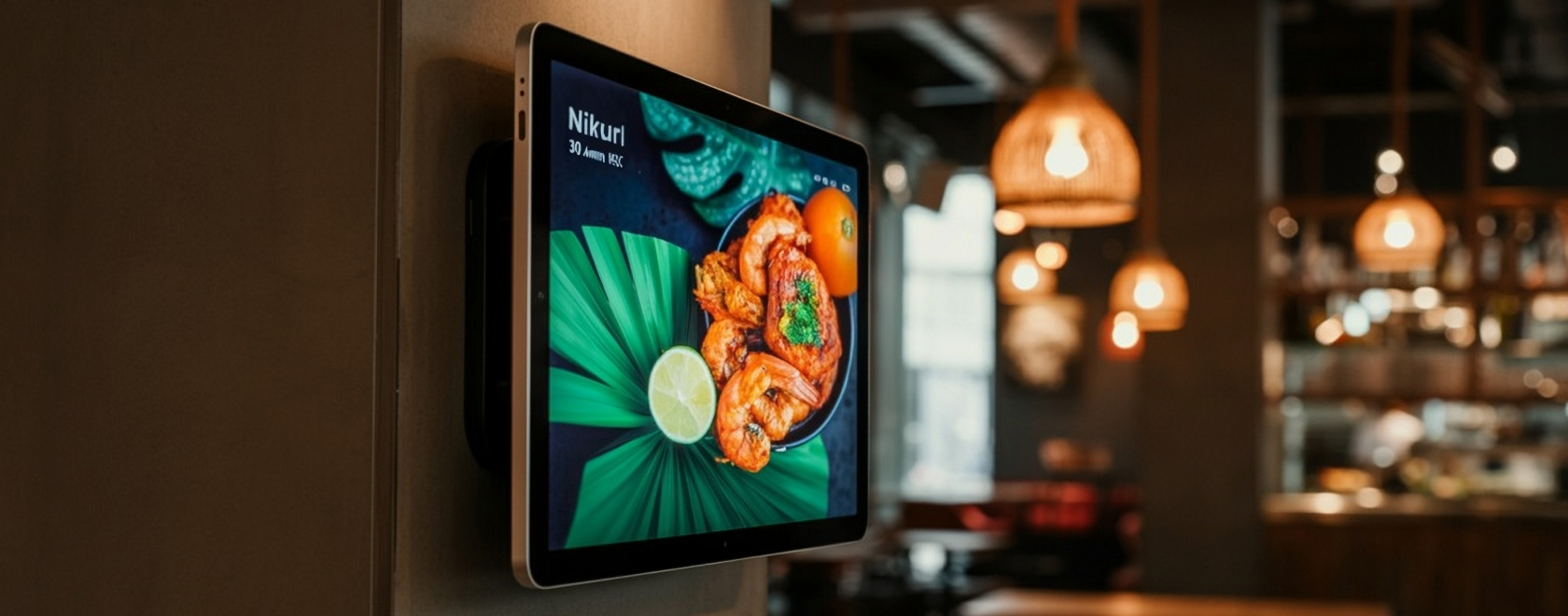Even in the age of smartphones, the television that greets a traveller in a guest‑room or a diner in a bistro remains the largest, most controllable canvas a venue owns. When that canvas is fed through Internet Protocol Television (IPTV) rather than legacy broadcast feeds, it stops being a cost centre and becomes a personalised concierge, an upselling assistant, and a silent real‑time survey terminal. For operators who compete on experience as fiercely as on price, the ability to curate every pixel a visitor sees is a decisive advantage—one that can be achieved with nothing more exotic than a commercial‑grade set‑top box, reliable network wiring, and the right content strategy.
IPTV as the Digital Heartbeat of Hospitality
A modern IPTV head‑end packages live channels, on‑demand libraries, digital signage, social‑media walls, and interactive widgets into the same IP packets that already carry reservations and Wi‑Fi. Centralising those streams eliminates coaxial clutter and hands scheduling power to marketing teams rather than satellite technicians. Middleware can address every screen individually, so a ski resort pushes avalanche warnings and lift‑ticket promos to room televisions while conference halls stream multilingual news. Breakfast spaces replay muted morning shows with scrolling weather, whereas the bar projects high‑energy sports; the atmosphere adapts to each micro‑environment without sacrificing brand coherence.
Tailoring the Hotel Guest Journey
From the moment a traveller opens the door, the welcome interface can greet them by name, surface loyalty‑tier perks, and recommend amenities matched to their profile. A family might see discounted theme‑park passes, while a corporate guest receives an invitation to the co‑working lounge. Selections made with the remote flow directly into the CRM, triggering confirmations without staff intervention. Premium set‑top boxes running Android TV or RDK reinforce comfort by supporting the same streaming apps guests enjoy at home, yet built‑in token management erases credentials automatically at checkout. In‑room satisfaction polls delivered through the interface regularly draw response rates above forty per cent—several times higher than post‑stay e‑mail surveys—giving managers the chance to correct flaws before they generate negative reviews.
Elevating Restaurant Ambience and Revenue
IPTV reshapes dining as profoundly as lodging. Digital menu boards rendered by the same media players keep pricing, allergen data, and limited‑time offers synchronised with the point‑of‑sale system; when the kitchen sells the last tiramisu, the item vanishes from every screen within seconds, eliminating awkward apologies. Context‑aware overlays further monetise attention: a last‑minute goal can trigger a half‑price wings banner near the bar, while a cold snap outside prompts the patio to advertise warm cocktails. Case studies from casual‑dining chains using these triggers report average‑ticket uplifts of five to eight per cent—enough to amortise hardware costs in a single quarter.
Technical Building Blocks and Cost Logic
Four pillars support a resilient deployment: bandwidth, head‑end software, secure endpoints, and intuitive content management. High‑Efficiency Video Coding allows venues to stream full‑HD—and even 4K—channels over ageing Cat‑5e cabling, sparing them expensive rewiring. VLAN segmentation paired with conditional‑access modules keeps premium stations and personal data walled off from public Wi‑Fi, satisfying corporate infosec audits without sacrificing performance. Hardware matters, too. Commercial set‑top boxes employ chipsets rated for twenty‑four‑hour duty cycles, fanless aluminium enclosures that resist kitchen grease, and remote‑diagnostic firmware. Units sold by specialist retailers arrive pre‑provisioned; once connected, they self‑register, pull their channel lists, and appear in the management dashboard—an afternoon installation instead of a week‑long engineering marathon.
Measuring Loyalty and Return on Interaction
Loyalty is an emotion, yet IPTV renders it measurable. Embedded analytics track dwell time, navigation paths, and offer acceptance, correlating those behaviours with repeat bookings or incremental spend. Marketers can A/B‑test everything from the colour of a “Book Spa Now” button to the placement of breakfast items, iterating on evidence rather than instinct. Table‑top media players generate heat maps showing which pairings or desserts attract lingering glances, giving chefs empirical insight and sommeliers hard proof when proposing a new varietal. The same pipeline feeds anonymised reports to corporate headquarters, enabling chain‑wide optimisation without drowning local managers in spreadsheets.
Future‑Proofing Through Open Architecture
IPTV is not a buy‑once‑forget‑forever technology. New codecs, higher frame‑rates, and evolving Digital Rights Management rules arrive every year. Choosing endpoints with open APIs and multi‑year firmware support prevents sudden obsolescence and aligns with sustainability targets. More important, it lets properties switch middleware suppliers—or adopt cloud delivery—without discarding perfectly good hardware. Specialist retailers back their devices with five‑year security‑patch commitments, extended warranties, and an overnight spare pool that keeps lobby screens from going dark on New Year’s Eve.
Televisions in HoReCa venues are no longer passive wallpaper; they are programmable touchpoints that shape perception, drive incremental revenue, and capture feedback in real time. IPTV supplies the levers operators need to curate those touchpoints with surgical precision. When restaurants and hotels combine a robust network backbone, industrial‑grade set‑top boxes, and a data‑driven content strategy, they transform the humble TV into a loyalty engine—one that keeps guests returning long after the final channel is switched off.
